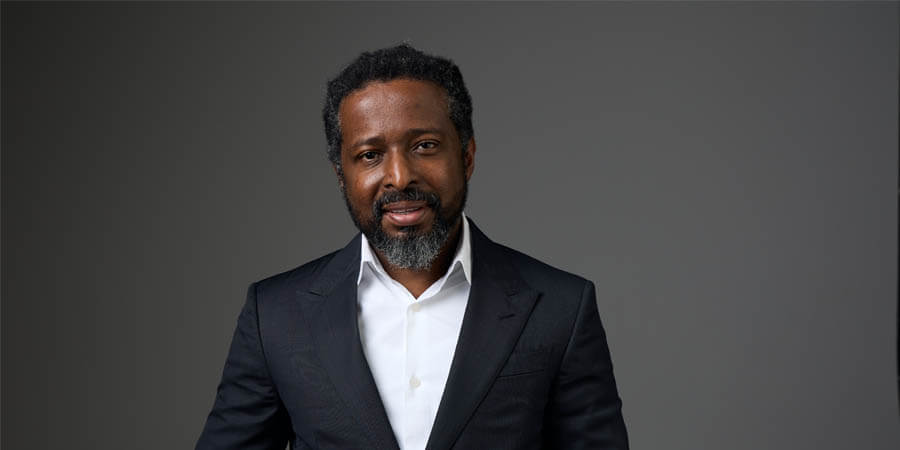In an exclusive interview with Telecom Review, Dayn Amade, CEO of Tablet Comunitario, elaborated on how the digital era has transformed various aspects of daily life. He also highlighted specific, practical telecommunication methodologies that exhibit promise in bridging the digital divide within disadvantaged communities in less developed countries. Amade further discussed the essential policy interventions necessary for policymakers to narrow the digital gap and ensure universal access to basic digital services.
How has the digital era transformed various aspects of daily life, and what are the key benefits it brings to individuals, businesses, and societies as a whole?
The digital era has revolutionized various aspects of daily life, bringing about countless benefits to individuals, businesses, and societies as a whole. In urban and economically developed societies, connectivity has become a basic necessity, akin to drinking water, as it is indispensable in fulfilling our everyday needs. The impact of this connectivity is profound, enabling us to accomplish a multitude of tasks and responsibilities from the comfort of our own homes.
Unfortunately, we must also recognize the digital divide that persists in disadvantaged societies. While those in urban areas enjoy the benefits of the digital era, there are still communities that are excluded from these advancements. In remote regions, individuals often have to travel for days to access basic information and services that are readily available to those with connectivity. This stark contrast in access to technology and digital resources highlights the glaring inequality that prevails in our world today.
Can you elaborate on specific realistic telecommunication methodologies that have shown promise in bridging the digital divide in disadvantaged communities in less developed countries, and what measurable impacts have been observed?
Simply importing ICT devices without considering the absence of infrastructure, lack of electricity, and extreme poverty has proven not to effectively address the digital divide in disadvantaged communities in less developed countries. Some of the many challenges when importing ICT devices are as follows: Will there be enough ICT devices for all? Will the beneficiaries be open to sharing? What happens after you distribute the devices? Will the beneficiaries use them properly, or will they sell the devices in exchange for some quick cash to meet their basic needs? How are beneficiaries going to charge their devices? How will they stay connected?
One promising approach that has shown measurable impacts is the deployment of audio-visual and interactive Digital Public Infrastructures. During our 5-year experiment, we have observed that our methodology effectively addresses the basic challenges these communities face. Our infrastructures are designed to be mobile, reaching communities in a rotating schedule format leaving no one behind, and to utilize clean and independent sources of electricity such as solar power. This ensures that communities can consistently access these digital tools, even in areas with unreliable electricity.
It is estimated that around 2.5 billion people remain disconnected, and our infrastructures have become the starting point for their entry into the digital era. Through group and individual digital tutorials, these communities can quickly grasp basic digital skills that empower them with knowledge. Poverty, as we have learned, is often associated with the absence of knowledge, and digital tutorials provide a way to bridge this gap efficiently.
Our infrastructure's impact over the past 5 years has been quite impressive. One particular case study that stands out to me iswhen we deployed digital tutorials to help local communities use readily available botanical resources to solve their basic health problems. By using our telecommunication terminals, community members could engage with health specialists remotely and access vital healthcare information. This saved them from traveling long distances to access basic health services and information.
In addition to this, our Digital Public Infrastructures have been used to provide access to governmental portals, telemedicine services, e-commerce, internet connectivity, and other essential resources. Our infrastructure is designed to promote sharing within the community, ensuring that everyone has equal access. Perhaps our biggest contribution to reducing the digital divide happens when the infrastructure serves as a hotspot that covers a distance of up to 4 kilometers, enabling connectivity for remote communities.
Our data has shown us that the successful implementation and sustainability of telecommunication methodologies require civic education. In other words, local people are hired and trained to familiarize the communities with the facilities and care for the infrastructure. Ultimately, this creates job opportunities and permanent employment within the community. Furthermore, it is also essential to ensure that the infrastructure is inclusive and accessible to individuals with disabilities, whom I would prefer to refer to as people of determination, such as those in wheelchairs or with vision and hearing impairments.
By adopting the aforementioned telecommunication methodologies, we can effectively bridge the digital divide in disadvantaged communities in less developed countries more realistically and sustainably. Doing this provides access to digital communication and information, and empowers these communities with knowledge, basic government services, healthcare resources, and opportunities for economic growth.
To emphasize that, AI on ChatBot plays an important role here, overcoming lack of human resources in these communities.
What key policy interventions are essential for policymakers to narrow the digital gap and ensure universal access to basic digital services?
Ensuring universal access to basic digital services and narrowing the digital gap requires a comprehensive and targeted approach by policymakers. Based on technical reports approved and published by the ITU, it is clear that urgent action is needed to address the diverse needs and requirements of individuals and communities.
To achieve this, policymakers can adopt an objective and strategic perspective that goes beyond short-term solutions and use guidance showcases verified by credible organizations and academia as reference. While it is important to consider commercial factors, policymakers should not hesitate to promote and support linked commercial initiatives that contribute to the sustainability of digital services.
By working together, these actors can leverage their respective strengths and resources to develop comprehensive policy interventions that address the complex challenges of digital inclusion.
What challenges do policymakers face in bridging the digital divide, and how can strategic policies and collaborations effectively address these issues?
One of the key challenges is ensuring that standards are addressed and implemented in a way that considers the specific needs of different regions. Optic illusions and unrealistic reports can create a false sense of progress, so it is essential to have accurate data on the impact of initiatives.
Therefore, policymakers must consider the sustainability of their efforts. Simply distributing laptops or installing computer rooms may provide short-term benefits, but it is important to consider these solutions' long-term viability. This includes considering factors such as the durability of the equipment, the availability of infrastructure and electricity, and the overall coverage and reach of the initiatives.
One potential solution to address these challenges is the concept of a Digital Public Infrastructure on wheels. This innovative approach involves taking digital services directly to communities, ensuring every community has access to the necessary resources. However, this should only be seen as a starting point. The ultimate goal should be for each community to have its units, creating a self-sustainable model that is less reliant on external funding.
To achieve this, I envision implementing a social and commercial model that would result in less financial dependency from donors. For example, government services, such as data capture and printing for identification documents, notarial services, e-commerce, and banking facilities can be provided as paid services. The revenue generated from these services can then be reinvested to provide free internet connectivity and facilities, awareness campaigns, telemedicine, and other essential services to the communities. This approach not only ensures financial sustainability but also provides communities with access to vital government services.
Furthermore, it is crucial to recognize the pressing need for action on climate change and the digital exclusion issues. Policymakers should incorporate environmentally friendly practices into their initiatives, such as reusing batteries and solar energy and using recycled plastic for raw materials. Collaborations with academic institutions, like our partnership with Evora University in Portugal, can facilitate research and development in finding greener solutions for a digital world accessible to all, complying with SDGs.








